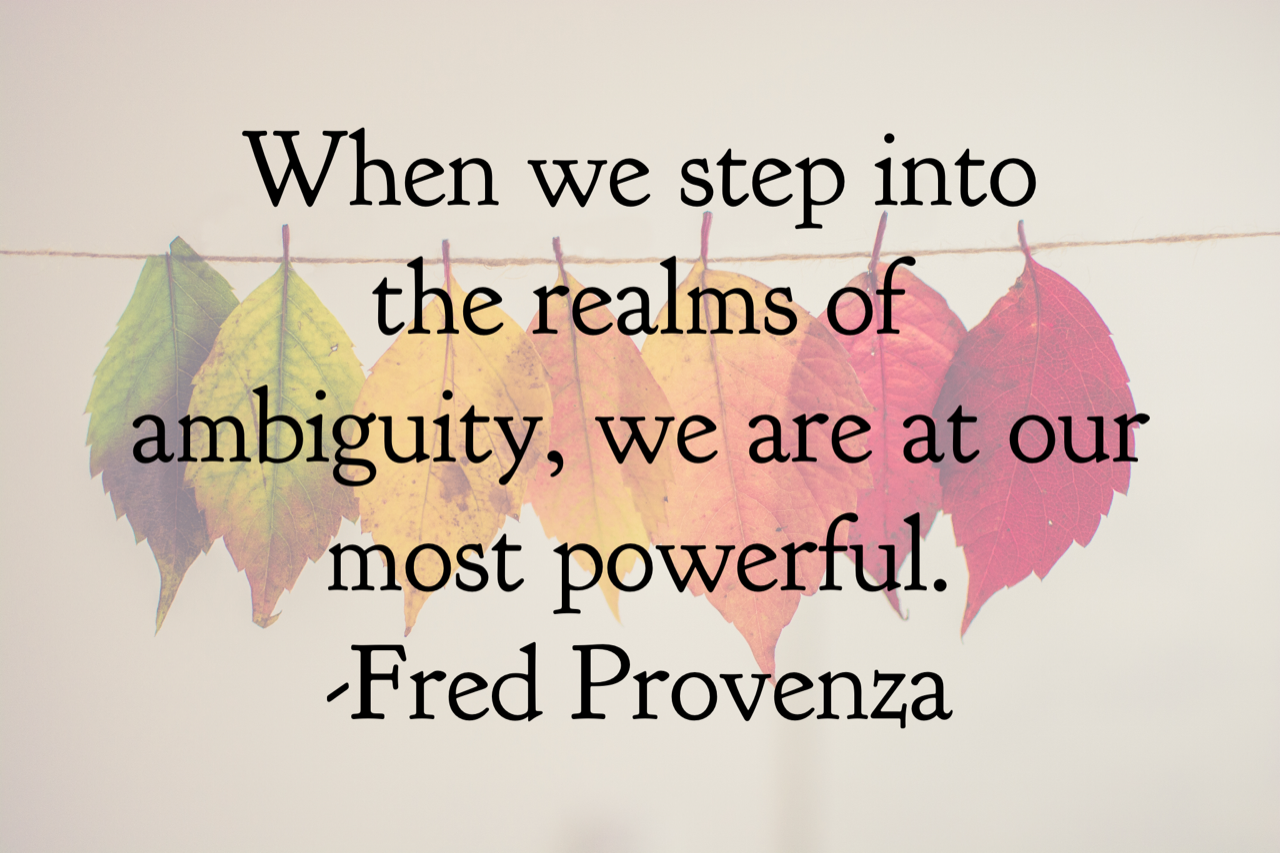
Yesterday, I had the amazing opportunity to speak with Prof Fred Provenza, author of Nourishment: What Animals can Teach Us about Rediscovering our Nutritional Wisdom (he is truly a poet and thought leader, I highly recommend his book!).
I voiced my concerns with Fred over the lack of diversity and negative mindset so many people now seem to have surrounding food, and what impact this might be having on both adults and children (in regards to their access to alternative/nourishing/wholesome foods, and the social and cultural influence this is having on their choices – and their ability to find their own ‘nutritional wisdom’).
He reminded me that there are no two alike, and what is medicine for one is poison for another. He also reminded me that excessive intake of ANY compound or type of food can be harmful, and that strongly held ideas can sometimes ironically work against us.
Further to this, he made the very good point that the beliefs we have about food (good or bad) can absolutely impact our physiological and emotional response to that food, and all of us (children and adults alike) need to be comfortable with ambiguity, uniqueness and inexactness.

When I began practicing around 8 years ago now, my conversations with patients revolved mostly around what I felt needed to be eliminated or reduced. This is of course absolutely fine when we were discussing the elimination or removal of processed foods, however, when my recommendations became more about the removal of “wholesome and natural” foods (that seemed to be problematic for the patient)… Houston, we have a problem!!
More and more, I’m finding that people are ‘reacting’ to wholesome foods like cultured dairy, ancient grains, seasonal fruits, sweet potatoes, fermented foods, nuts, seeds, tomatoes, greens, broccoli, onion, garlic, eggs, and even meat. In fact, I’ve seen several patients who (at initial presentation) were on grain-free, dairy-free, meat-free, egg-free, low-FODMAP AND low histamine/oxalate/salicylate diets… ALL at the same time.
I’m certainly not saying these reactions aren’t real, but when we’re talking about wholesome and natural foods, the problem or reaction of course has LESS to do with the actual food (if it’s good quality and chemical free), and MORE to do with the person’s response to that food.
Let’s take histamine intolerance as an example. If a patient is on an extremely low carb, high fat diet for an extended period of time, they get an elevation of bile salts and an increase in specific types of bacteria that can worsen/cause a leaky gut. In addition to this, this type of diet long term can cause DOA enzymes in the small intestine (which is an enzyme responsible for breaking down histamine in foods) to be overused so there’s less of this enzyme available for actual histamine-containing foods. Now not everyone will experience this, but can you see the problem for those that do?
And of course, there’s no disputing the short term symptomatic benefits (which can be amazing), but the long term ramifications of restriction must always be considered. Not just because of the nutritional and microbiota deficits that can ensue, but also because of the emotional and social impacts these restrictions can have in the long run.
Unless there are true allergies, it’s my belief that it is unwise to keep taking more and more foods out of the diet without addressing the underlying drivers that have led to that ‘intolerance’ or gut/immune-based reaction.
Again, to emphasise, I’m not talking about processed foods, or even short term restriction diets; I’m talking about the long term restriction of foods like onions, berries, tomatoes, ancient grains/seeds, root vegetables, pulses, fermented foods and first-class proteins (like pastured meat/eggs/dairy).
I’m talking about life-long removal of the whole and natural foods we have ‘tolerated’ for many thousands of years.
All that said, I NOW I find my conversations with patients mostly revolve around regaining dietary diversity, undoing conditioning around food phobias, reducing dietary overwhelm, discussing the enormous spectrum of possibilities within each food family/ group, digging even deeper to get to the reason/cause behind an “intolerance” or reaction, and trying to bring back the fun/pleasure/freedom factor.
I also get patients to consider how they can add diversity to their current “safe” food groups; and emphasise the fact that there is no one-size-fits-all when it comes to nutrition.
Although it can be harder in many ways to diversify the diet, and be OK with the “inexactness” of it all, the rewards are so worth it.
Bottom Line
It’s funny how the tables can turn (no pun intended!). My understanding of “holistic health” has evolved so very much, and I love that my conversations have largely been re-framed to ones of inclusion, rather than exclusion.
Until next time,
Stacey.